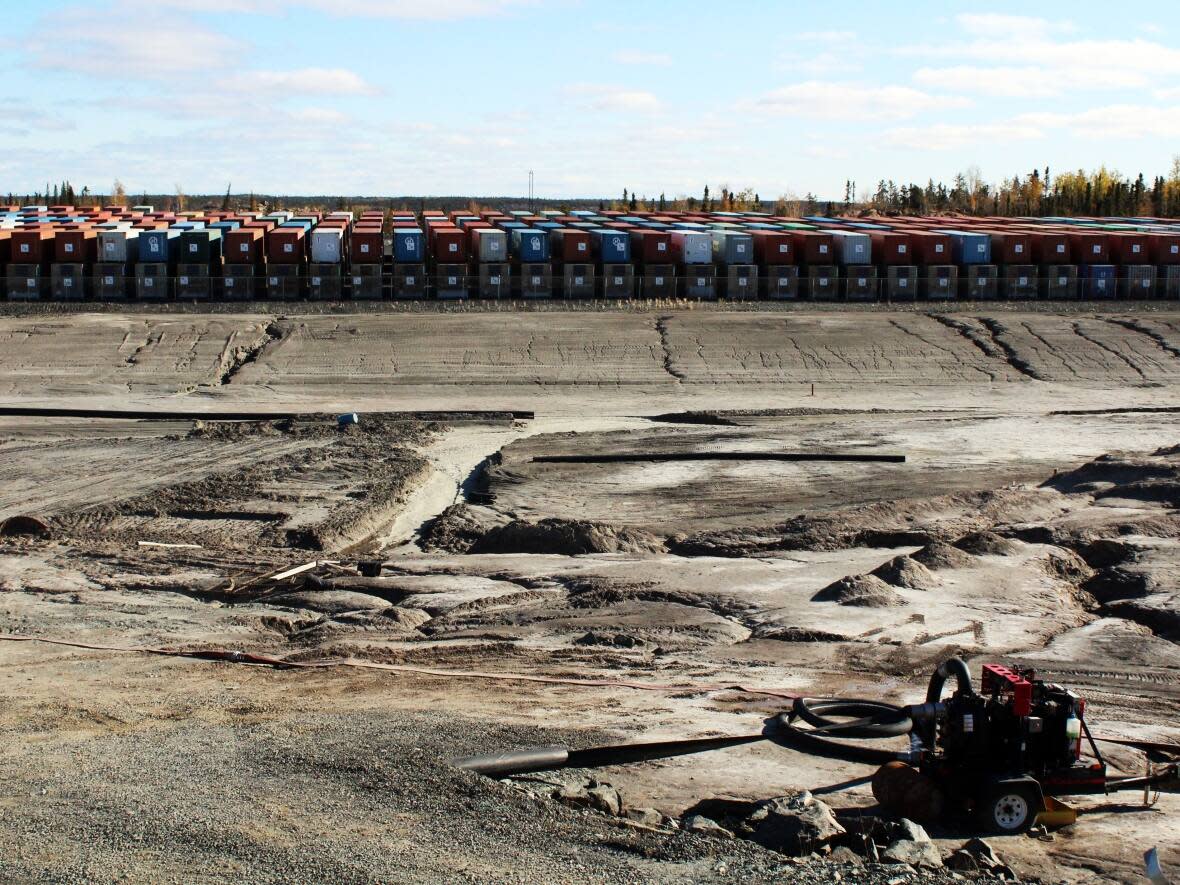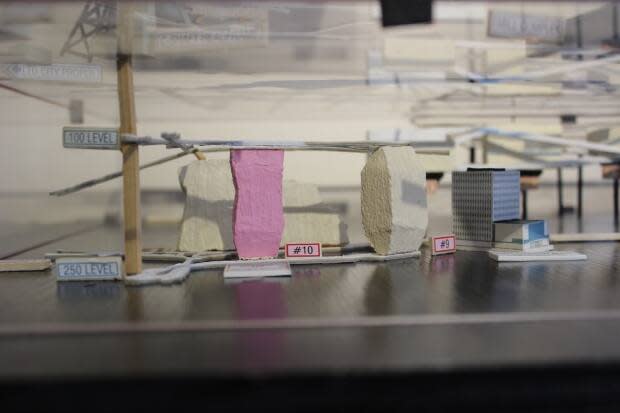N.W.T. poised to miss out on economic benefits of Giant Mine remediation, says oversight board

The Northwest Territories stands to miss out on the abundant economic opportunities presented by the multi-billion-dollar remediation of Yellowknife's Giant Mine, says the board overseeing the mine's cleanup.
"Where is the strategy for capturing the benefits of that spending?" David Livingstone, chair of the Giant Mine Oversight Board, said before a committee of MLAs on Wednesday.
"There's this huge opportunity and it's slipping through our fingers, and that's very frustrating."
Livingstone said it's up to the Northwest Territories government to make sure money spent on Giant Mine's remediation, and future remediation projects in the territory, stays in the N.W.T.
He made his remarks during a public briefing on the cleanup of the abandoned gold mine, and how that cleanup could enhance the territory's economy — that is, if the N.W.T. government makes a concerted effort to capture its benefits.
Giant Mine operated from 1948 until 2004. The federal government took responsibility for the mine after its then-owner Royal Oak Mines Inc. went into receivership in 1999.
Last November, the Giant Mine Remediation Project updated the estimated cleanup costs from $1 billion to $4.38 billion. Taxpayers will shoulder those costs.
Remediation of the mine involves, among other things, filling pits, taking down buildings, constructing a state-of-the-art water treatment plant, and containing around 237,000 tonnes of highly toxic arsenic trioxide dust deep underground.
The oversight board estimates the remediation project will spend around $240 million annually for the next 15 years, and boost the territory's GDP by $108 million a year.

Graeme Clinton, an economist and oversight board director, said spending on remediation activities will go into industries like waste disposal, construction, mining services, scientific services, transportation, logistics, accommodation and food services, and medical services — industries that exist in the N.W.T.
The issue, said Clinton, is that right now demand for these services is greater than the local supply.
The N.W.T.'s ability to benefit from the Giant Mine cleanup, he added, extends only as far as its capacity to meet the project's labour and business demands.
"If you want to grow the economy and benefit from spending that's going to occur on Giant Mine, or other remediation projects around the territory, then it's about addressing supply issues in all of those industries, such that you can capture a greater proportion or greater share of the money that's entering the economy," he said.
Remediation project not meeting employment targets
The federally-run Giant Mine Remediation Project tracks employment by hours worked. It reported that Northerners worked around 45 per cent of the total labour hours, on average, and Indigenous employees worked around 21 per cent.
The remediation project is below its employment targets in both categories.
Its target for hours worked by Northerners is between 55 and 70 per cent, and its target for Indigenous workers is 25 to 35 per cent.
Giant Mine's remediation began in 2020 and is set to wrap up in 2038.
Natalie Plato, deputy director of the remediation project, said the team extended its timeline by nine years, in large part to maximize participation by N.W.T. workers and businesses.

Clinton said it's perhaps unrealistic to expect 100 per cent of the work at Giant Mine to be carried out by Northerners, but that that would be the target if the government sought to reap the maximum benefit from remediation.
'Better late than never'
"If we really want to build the capacity in the Northwest Territories, it comes back to our education system," said Great Slave MLA Katrina Nokleby.
"We're not graduating people in the Northwest Territories that can then go on to become these specific type of professionals that are needed for Giant Mine."
Frame Lake MLA Kevin O'Reilly asked if it was too late in the project's timeline to capture more of the spending happening at the mine.
"Better late than never," replied Livingstone. "But it's not going to happen on its own."


